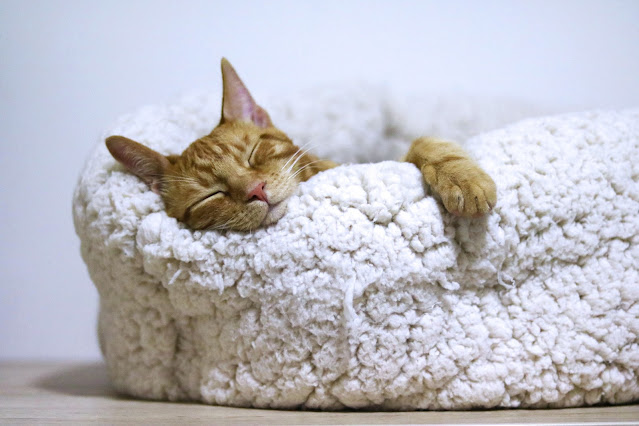NOAA predicts up to nine hurricanes this season, including 1-4 major hurricanes: highlighting the need for preparations
Today, Thrive Pet Healthcare, a leading veterinary service network with 400 locations across the U.S., urged pet owners to take proactive measures to ensure the safety and well-being of their beloved pets following the National Oceanic and Atmospheric Administration’s (NOAA) prediction of up to nine hurricanes, 1-4 major, for the upcoming season, which runs from June 1 to November 30.
“It only takes one storm to cause a disruption in your household,” said Dr. Anthony Coronado, Thrive Pet Healthcare’s National Director of Emergency Services and Urgent Care. “Pets are equally impacted by these disruptions and depend on their humans to protect them from the potential dangers of hurricanes. A few simple precautionary steps can ensure your pet's safety and well-being when they are at their most vulnerable.”
Thrive Pet Healthcare encourages pet owners to consult with their veterinarian when preparing for hurricane season. Below are the top five ways your veterinarian can help to better prepare you and your pet for hurricanes:
1. Vaccines – Make sure your pets are current on their vaccines, especially rabies, leptospirosis, Bordetella, canine influenza, as well as distemper combination vaccines. Keep a copy of your pet’s vaccination records handy. Some of the shelters, boarding kennels, rescues and hotels that might provide temporary housing for pets after a hurricane frequently require vaccination records.
2. Heartworm preventatives – In the aftermath of flooding, the dampness may result in an increase in the mosquito population. Dogs and cats are at heightened risk of contracting a mosquito-borne illness like heartworm disease if they are not on a routine heartworm preventative or if they miss a dose. Heartworm symptoms are often unnoticeable until irreversible damage has been done. Having your pet on a routine heartworm preventative can mitigate the risk. Ensure you have enough to get through hurricane season should there be any supply disruptions.
3. Flea and tick protection – Like mosquitoes, fleas and ticks also flourish after a storm. Veterinarian-prescribed flea and tick preventatives are the best way to protect your pet from harmful and sometimes deadly parasite-related illnesses.
4. Medications – If you regularly administer medication to your pet, ensure you have enough on hand in case there are supply disruptions or you and your pet have to temporarily relocate following a major storm. Ask your veterinarian for an extra supply of necessary medications.
5. Microchipping – During a storm, pets may escape out of fear or become separated from their owners. A microchip about the size of a grain of rice can be implanted during your pet’s routine wellness exam. It contains a unique ID number registered with the pet owner’s contact information. When a lost pet is found, shelters, rescue centers and veterinarians can scan the microchip, enabling a safe return home.
Pet owners are also reminded to ensure their pets wear collars and tags with up-to-date identification information, including their name, telephone number and any urgent medical conditions that require medication such as heart disease, epilepsy, diabetes or cancer.
To locate a Thrive Pet Healthcare location near you, including primary, specialty, urgent, and emergency veterinary care services, visit www.ThrivePetCare.com.
About Thrive Pet Healthcare:
Thrive Pet Healthcare is a leading veterinary service network that uniquely delivers a continuum of care to pet families and services to veterinary hospitals. With an industry-first membership program and over 350 acute, primary, and specialty providers, Thrive Pet Healthcare offers personalized, accessible care through every stage of a pet’s life and health. The veterinarian-founded organization provides premier benefits for practice staff while elevating privately held veterinary hospitals with innovative service and technology solutions. By focusing on the needs and aspirations of veterinary care providers, Thrive Pet Healthcare is supporting the well-being of the industry and raising the national bar for veterinary excellence. To learn more about Thrive Pet Healthcare, please visit www.thrivepetcare.com.


.jpg)



